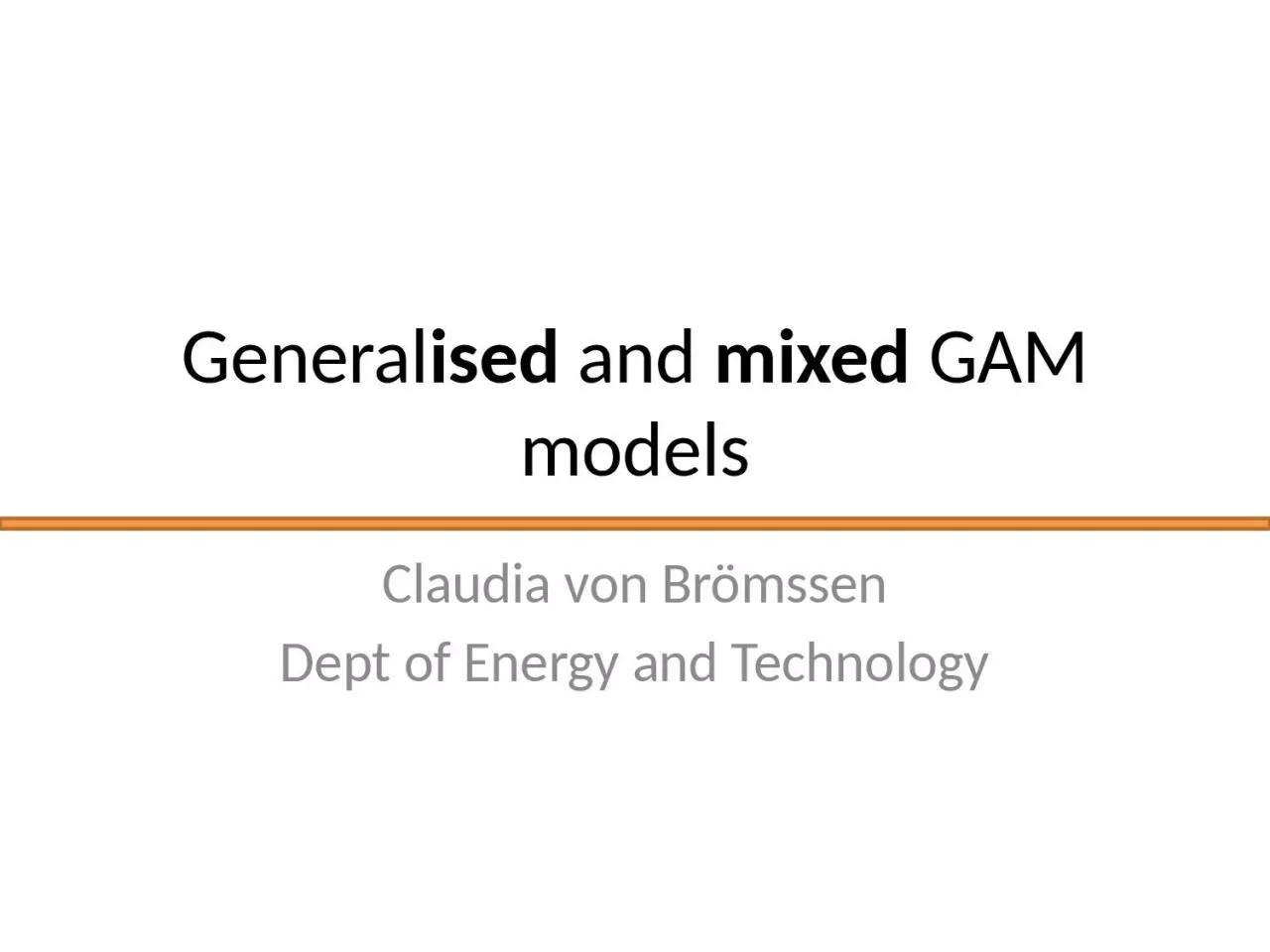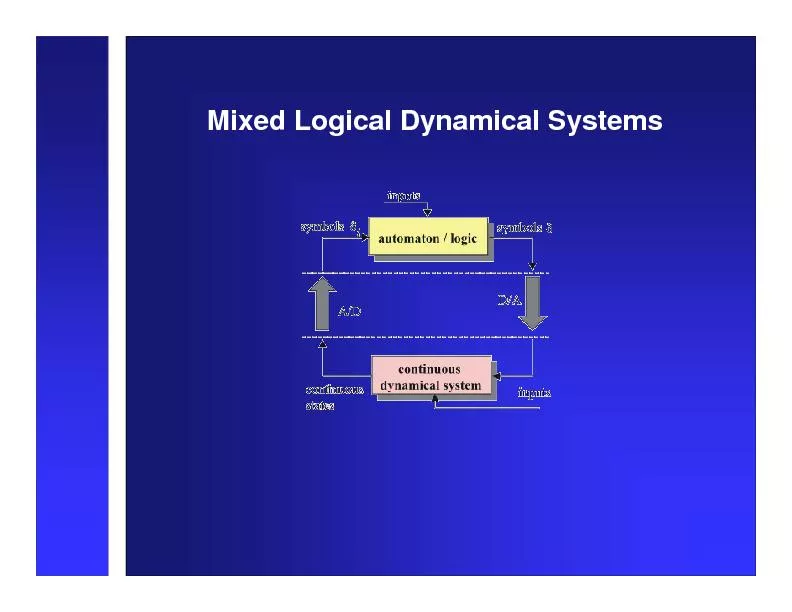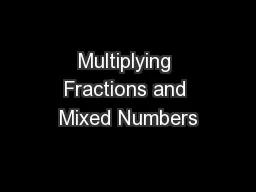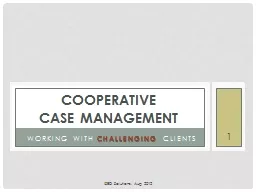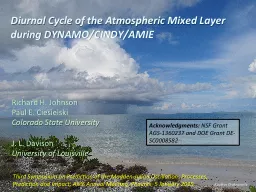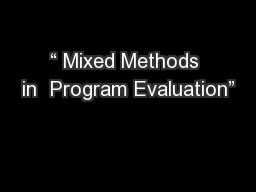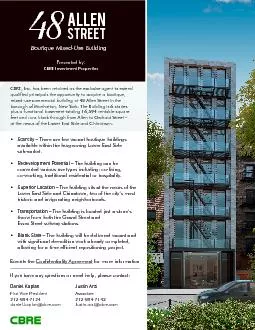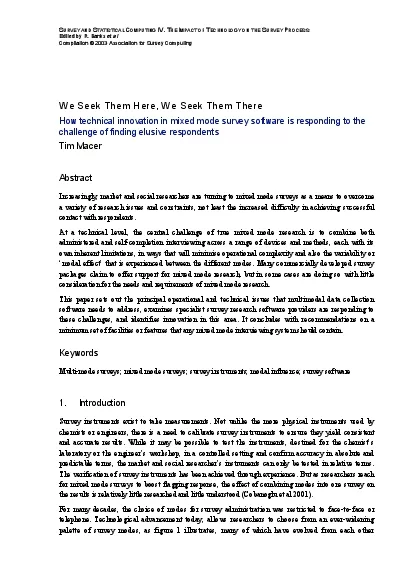PPT-General ised and mixed
Author : jovita | Published Date : 2023-10-30
GAM models Claudia von Brömssen Dept of Energy and Technology Mixed models dependent observations Statistical models always require independent observations If
Presentation Embed Code
Download Presentation
Download Presentation The PPT/PDF document "General ised and mixed" is the property of its rightful owner. Permission is granted to download and print the materials on this website for personal, non-commercial use only, and to display it on your personal computer provided you do not modify the materials and that you retain all copyright notices contained in the materials. By downloading content from our website, you accept the terms of this agreement.
General ised and mixed: Transcript
Download Rules Of Document
"General ised and mixed"The content belongs to its owner. You may download and print it for personal use, without modification, and keep all copyright notices. By downloading, you agree to these terms.
Related Documents

